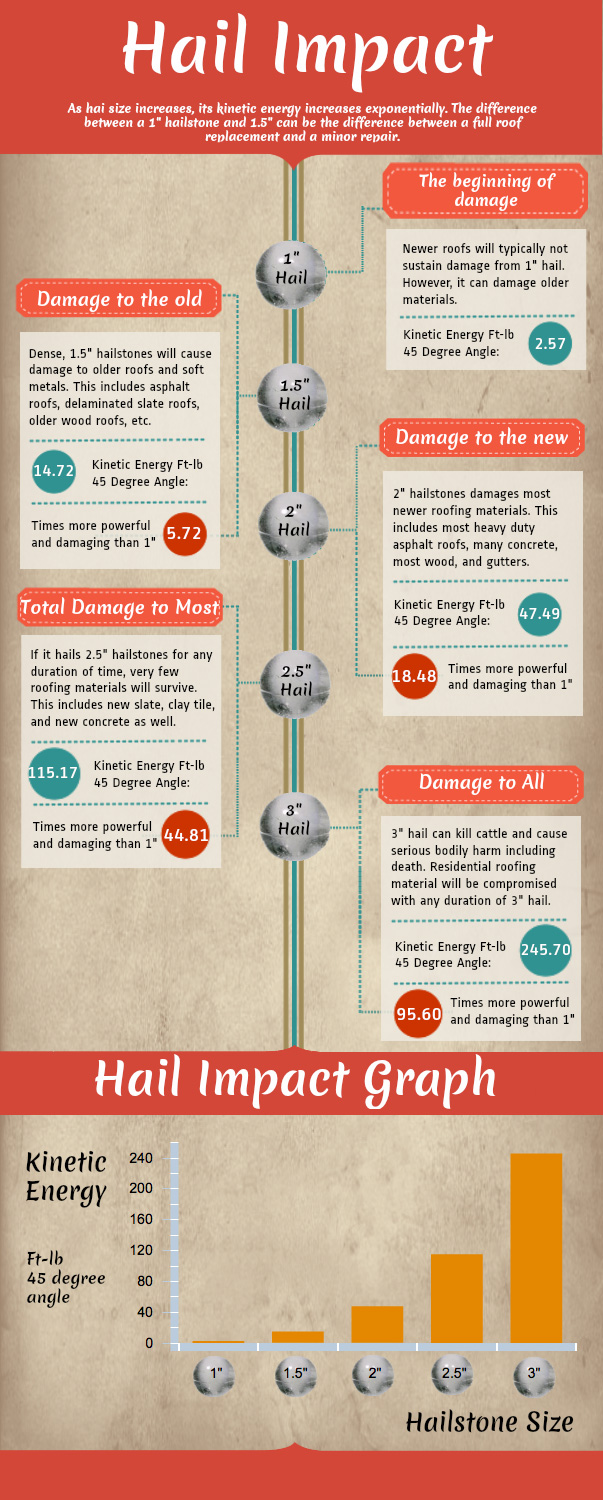Interested In The Hidden Signs Of Roof Covering Deterioration? Find Out Important Pointers To Safeguard Versus Costly Repair Services Before It Ends Up Being Urgent
Interested In The Hidden Signs Of Roof Covering Deterioration? Find Out Important Pointers To Safeguard Versus Costly Repair Services Before It Ends Up Being Urgent
Blog Article
Author-Walton Clancy
To protect your home from potential expensive repair services, determining roof covering damages early is critical. By watching out for refined indications like missing tiles or water discolorations, you can catch issues prior to they aggravate. Yet what regarding those usually ignored areas that could mean covert troubles hiding over you? Stay tuned to discover key tips for detecting roof covering damage before it intensifies into a major headache.
Early Indication
Identifying roofing damages early can save you money and time. One key very early indication to keep an eye out for is missing or damaged shingles. If you notice any tiles that are split, curling, or completely missing out on, it's essential to attend to the issue immediately. sky roofing llc can leave your roofing susceptible to leaks and more damages.
Another sign to try to find is water spots on your ceiling or wall surfaces. These stains can show a leakage in your roofing system that needs immediate interest. Disregarding these water discolorations can result in much more substantial and expensive fixings down the line.
Additionally, be on the lookout for any indicators of drooping or sagging areas on your roofing, as this could indicate architectural damage that requires to be fixed promptly.
Outside Evaluation Tips
Regularly examining the exterior of your roof covering is critical for preserving its integrity and recognizing potential damage early. Start by taking a look at the tiles-- look for any kind of missing, broken, or curling tiles, as these can be indicators of roof covering damages.
Inspect the rain gutters for granules from the roof shingles, as too much granule loss may symbolize aging or weathering. Take notice of the blinking around vents, chimneys, and skylights, ensuring they're tightly sealed and free of fractures.
Search for signs of moss, algae, or mold growth, as these can cause roof covering wear and tear if not attended to quickly. Furthermore, evaluate the fascia and soffits for any water discolorations or rot, which could signify water damages.
Lastly, assess the general problem of your roof covering from the ground, looking for any type of drooping areas or noticeable dips. By performing these outside inspections regularly, you can catch roofing system damages early and stop it from turning into a significant trouble.
Inside Red Flags
When examining your roofing for possible damages, do not ignore the significance of checking the interior of your home. Inside red flags can commonly be early indications of roofing problems that require interest.
Begin by examining go to website for any type of water spots or staining, as these could indicate a leak in the roofing. One more crucial location to examine is the attic room, where indicators of water damages, mold and mildew, or mildew might show a roof covering trouble.
Pay close attention to any musty odors or an obvious increase in moisture levels, as these can likewise be signs of water invasion from a damaged roof. Additionally, sagging areas in the ceiling or wall surfaces must be taken seriously, as they could be an outcome of water damages deteriorating the structure.
If you discover any one of these indoor red flags, it's critical to have an expert contractor assess the situation quickly to stop more damages and costly fixings.
Conclusion
By staying attentive and frequently checking for early indication of roof covering damages, you can stop minor issues from becoming major troubles. Watch out for missing out on or damaged shingles, water discolorations on ceilings or walls, and any sagging or drooping locations on the roof. By dealing with these issues quickly, you can conserve yourself from costly repairs and ensure your roof covering remains in good condition for many years to come. Stay proactive and shield your home from prospective damages.
